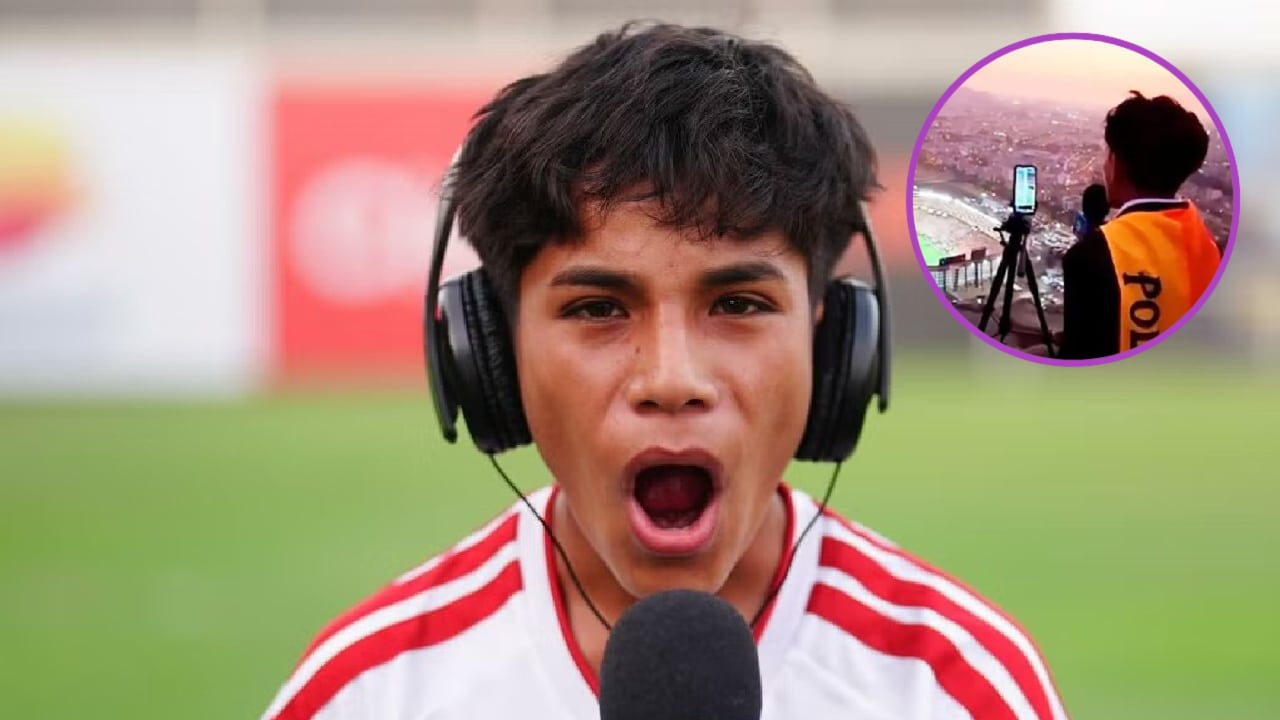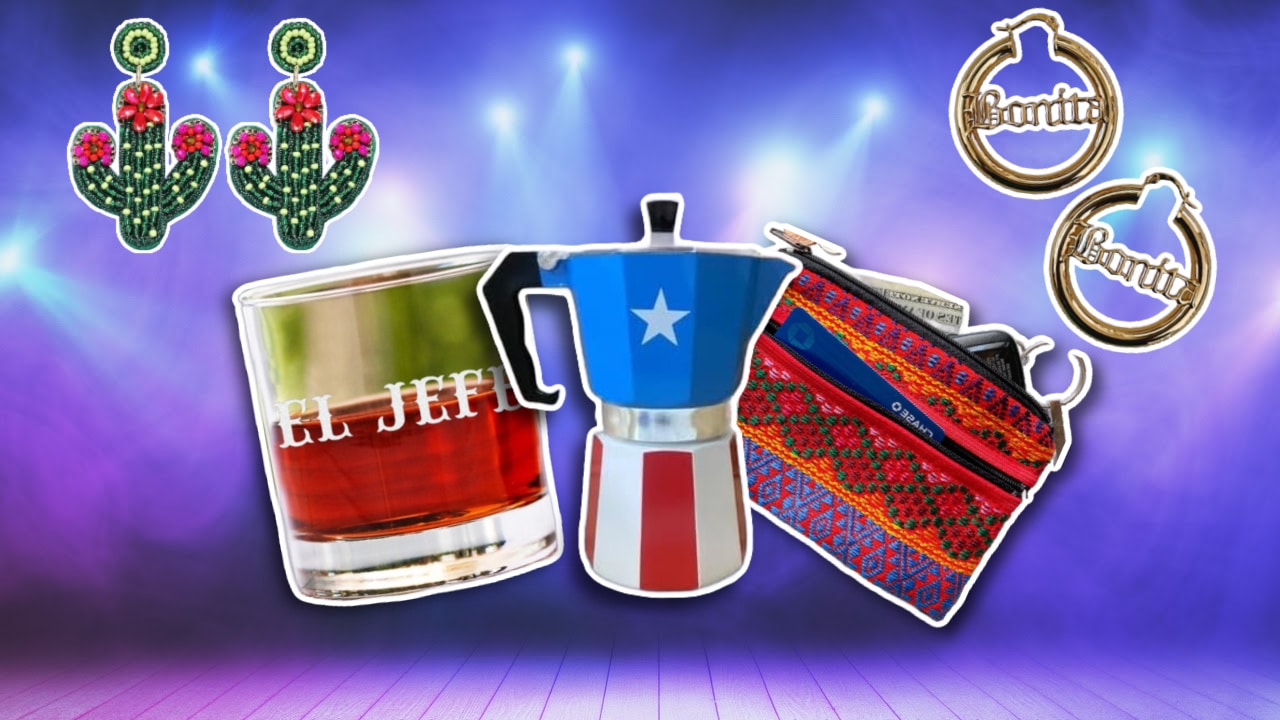Here Is A Brief History Of The Modern Gay Pride Flag
The 6-stripe rainbow flag has become the most visible and recognizable symbol of the LGBTQ+ community. Much like the LGBTQ+ community, the flag has endured decades of changes, meanings, and significance. Here’s a brief guide to the history of the modern pride flag.
We all know the current Gay Pride Flag.

The 6-stripe gay pride flag is the most recognizable symbol of the LGBTQ+ community. The stripes each have their own meaning. Red is Life, Orange is Healing, Yellow is Sunlight, Green is Nature, Blue is Serenity, and Purple is Spirit. It is hard to look around in June and not see the rainbow being incorporated into everything around you to show solidarity with the LGBTQ+ community.
Yet, the flag has a longer history than the widespread acceptance of the LGBTQ+ community in recent years. The first pride flag was created 42 years ago on June 25, 2020. The first flag flew at the first San Francisco Gay Freedom Day Parade on June 25, 1978. Before the rainbow flag, the gay community used the upsidedown pink triangle used on homosexuals during the Holocaust.
The first gay pride flag had eight colors: hot pink, red, orange, yellow, green, turquoise, indigo, and purple.

Hot pink stood for sex and turquoise stood for magic/art. The flag was created by Gilbert Baker in the late 1970s following the assassination of Harvey Milk. Milk was an openly gay man who was holding an elected office in San Francisco. His assassination sparked anger and outrage from the LGBTQ+ community and the rainbow flag became a symbol for the Gay Rights movement.
By 1979, the flag underwent two moderations removing the hot pink and turquoise stripes while making indigo a royal blue.

The flag was altered in 1979 to accommodate a pride parade in San Francisco. The organizers of the pride parade wanted to use the flag to mark the start and finish of the parade route by breaking up the flag hot pink had already been removed. The result was the removal of turquoise to make it an even number.
For decades, the 6-stripe flag stood as the symbol of the Gay Rights movement. There were legal battles fought for the right to freely display that flag in public places. It has also been used as a sign of protest against various governments and their anti-LGBTQ+ policies.
Philadelphia adopted a revised flag in 2017 that has since caught on at a larger scale.

The new 8-stripe Pride flag includes a black stripe and brown stripe at the top. The new colors are meant to represent people of color who are often ignored in the larger LGBTQ+ community. There was push back from some people saying that the new flag was divisive and unnecessary yet it continues to spread in popularity, especially among people of color.
LGBTQ+ people of color are disproportionately affected by issues such as HIV and AIDS rates, deadly violence, and homelessness. The two stripes were added to bring attention to these issues and was hailed by many LGBTQ+ activists of color.
The most recent version of the flag showing up more and more comes from designer Daniel Quasar.

Quasar’s revised version of the pride flag includes Philadelphia’s addition of the black and brown flag and includes the trans flag. It is supposed to represent progress. The black, brown, blue, pink, and white colors from an arrow forward to symbolize progress happening and still needed in the LGBTQ+ community.




